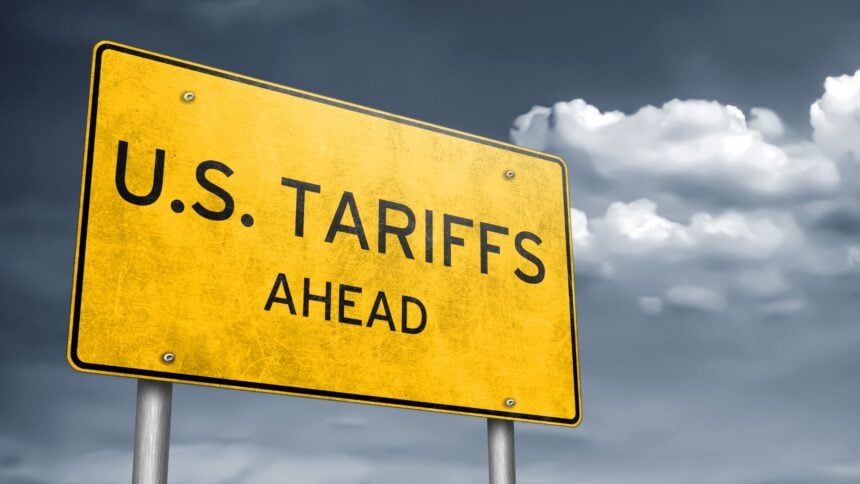Tariffs are acting like a broad tax on American families in 2025, with the average household on the hook for roughly $1,300, according to new projections from the Tax Foundation.
The group’s estimate translates the current mix of import duties into an annualized burden that consumers ultimately pay through higher prices.
The Penn Wharton Budget Model estimates the government raised $80.3 billion in customs revenue from January through July and says the average effective tariff rate climbed to 9.75% in July from 2.2% in January, reflecting both broader coverage and higher rates on key categories.
Those figures underscore why researchers frame tariffs as taxes that fall on domestic buyers, not just on foreign exporters.
Yale’s Budget Lab estimates the price level impact from all 2025 tariffs amounts to an average household income loss of about $2,300 in the short run, with lower-income families shouldering a heavier burden as a share of earnings.
Its analysis also highlights big category swings, with apparel and leather among the most affected and vehicle prices up notably in near-term scenarios.
Differences across studies often come down to assumptions about how quickly consumers substitute away from tariffed goods and whether the Federal Reserve offsets the shock.
A higher effective tariff rate pushes up import costs that ripple through supply chains. That can challenge margins for retailers and manufacturers while complicating the Fed’s path if price pressures persist.
The market’s focus on the inflation outlook has been clear even as the Nasdaq hits new all-time high, a sign of optimism that policy risks will not upend the expansion.
The Tax Foundation’s figure expresses the tariff package in household terms, similar to how analysts convert tax-code changes into average annual effects. It does not mean every family writes a check to the Treasury.
The cost shows up through higher sticker prices on imported goods and domestically made substitutes. The concentration of new duties helps explain the dispersion across households.
Yale’s distributional work finds the short-run burden on the first income decile is more than three times the top decile as a share of income, which is why the debate increasingly centers on regressivity.
The jump in collections this year aligns with a reset in effective rates across trading partners and product lines.
Penn Wharton’s tally shows China facing the highest effective rates among major partners, and steel, aluminum, and autos carrying heavy tariff loads.
Those choices filter directly into consumer goods baskets, from clothing to car purchases, and into business investment decisions that affect hiring. Governments sometimes try to blunt the pain for targeted groups.
North of the border, a provincial tariff relief program was designed to cushion smaller firms.
While the U.S. approach currently relies on rebates for select industries and trade exclusions in narrow cases, researchers caution that carve-outs can dilute the policy’s goals without eliminating broad consumer costs.




















